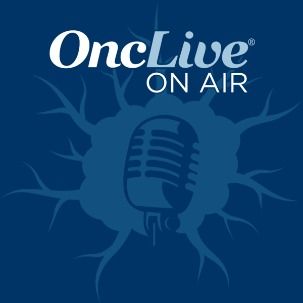Video
Utility of PD-L1 as a Biomarker in Bladder Cancer
For High-Definition, Click
Promising data from a phase I trial exploring the anti-PD-L1 therapy MPDL3280A were presented at the 2014 ASCO Annual Meeting. In this study, the objective response rate with MPDL3280A was 43% in PD-L1 positive patients (IHC 2/3). At the time of the data cut-off, 94% of patients had ongoing responses.
At this point, the utility of PD-L1 as a biomarker of response seems unclear, explains Nicholas J. Vogelzang, MD. At this point, there currently does not appear to be a trend emerging from clinical trial data that PD-L1 is an effective biomarker of response for PD-1 and PD-L1 targeted immunotherapies. Despite these mixed signals, some companies are exploring companion diagnostics that look specifically at PD-L1 in conjunction with their immune checkpoint inhibitors, Vogelzang adds.
Tumor heterogeneity is the primary shortcoming of PD-L1 staining is patients with bladder cancer. Furthermore, Vogelzang notes, given the level of efficacy seen in PD-L1-negative tumors, it is difficult to make a life or death decision based upon an analysis of tissue from a biopsy that was taken two years old. As a result, at this point in the development of these novel therapies, Vogelzang remains unconvinced on the need for PD-L1 testing as a requirement for future clinical trials.









